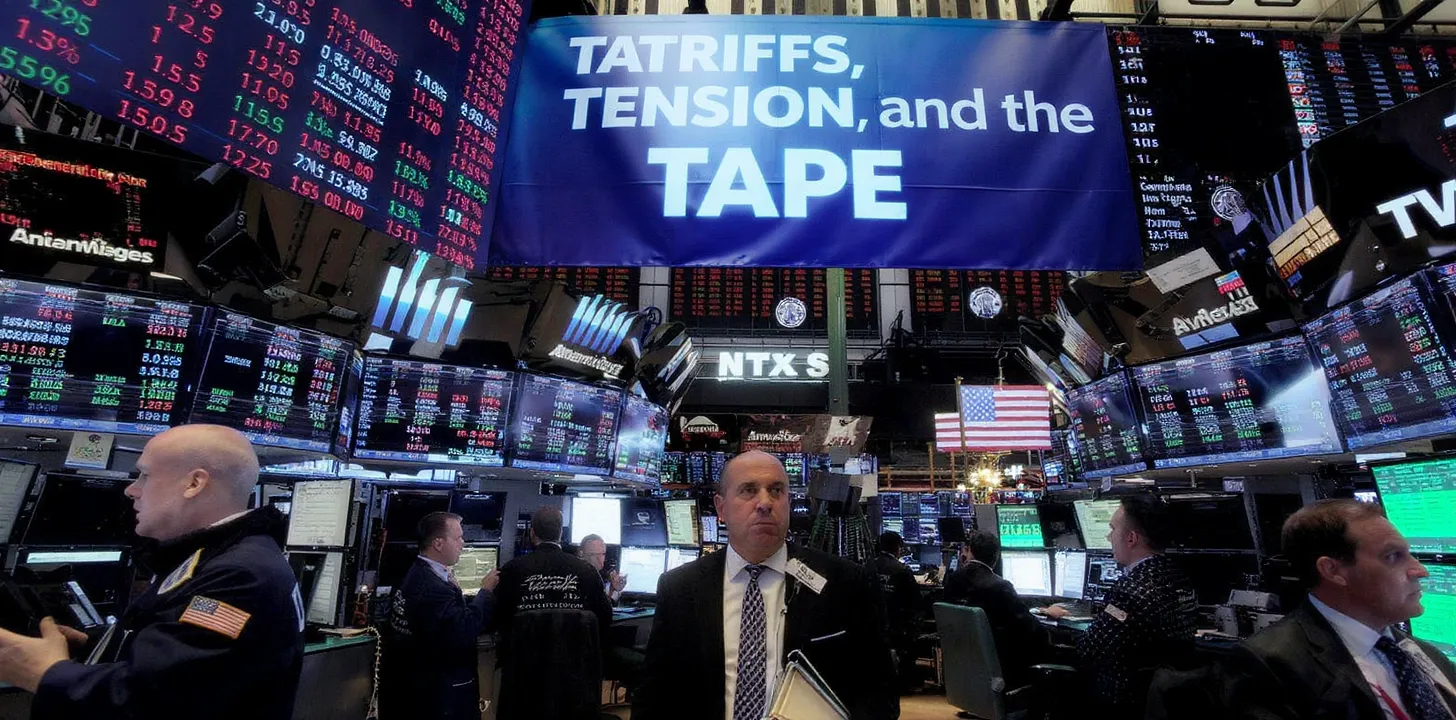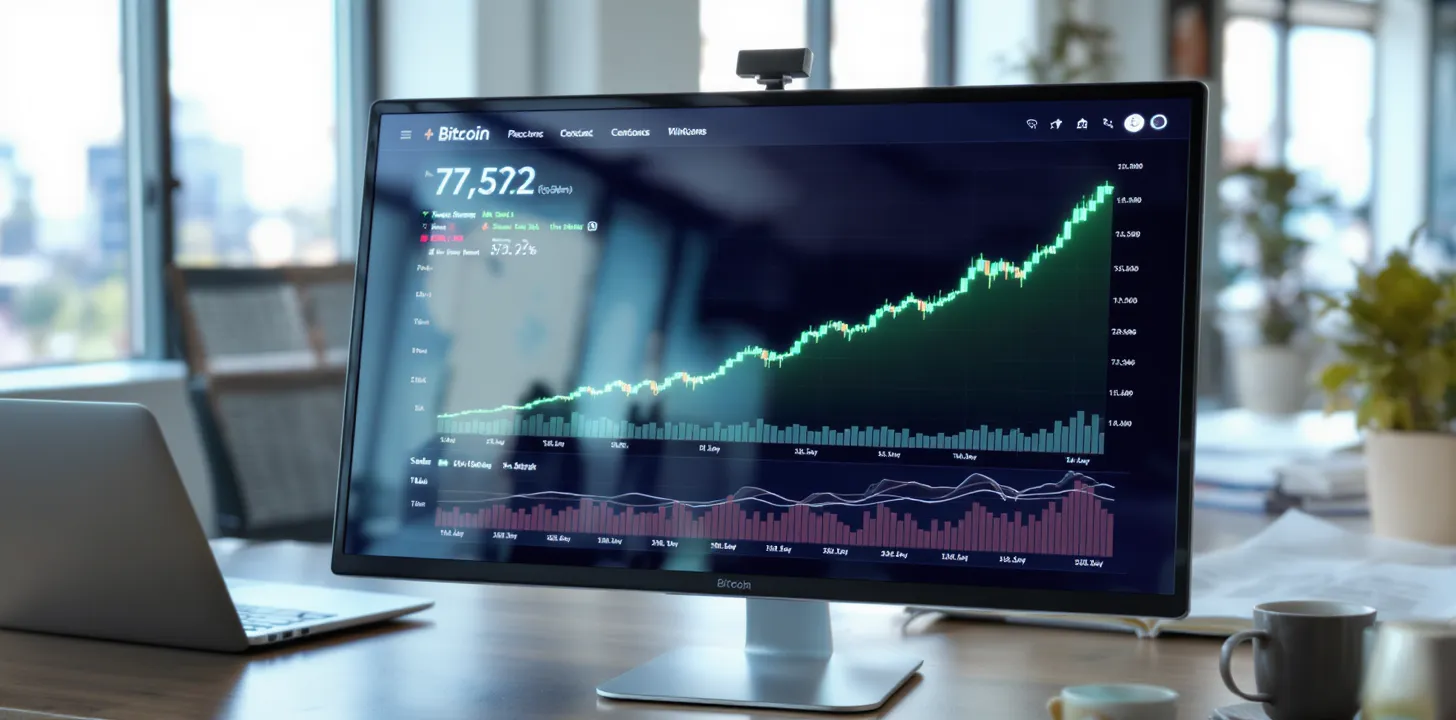Navigating the 2025 Stock Market Landscape: Valuations, Sector Dynamics, and Influencing Factors
Introduction
As we step into 2025, the stock market presents a complex tapestry woven from high valuations, sector-specific movements, and emerging technological influences. This article delves into the current market valuations, examines sector performances, and explores key factors shaping the investment landscape, including the impact of artificial intelligence (AI) and recent political developments.
Current Market Valuations
As of January 17, 2025, the U.S. equity market is trading at a price-to-fair value estimate of 1.04, indicating a 4% premium over fair value. Historically, such a premium has been uncommon, occurring less than 10% of the time since 2010. This suggests that the market is "priced for perfection," with limited room for error.
Sector Performance and Valuations
Technology Sector
The technology sector continues to be a significant driver of market performance. However, it is currently trading at a forward price-to-earnings (P/E) ratio of 32x for FY25, significantly above its 5- and 10-year averages of 25x and 21x, respectively. This elevated valuation, coupled with a 25% year-to-date increase, suggests that the sector may be overextended.
Financials and Consumer Discretionary Sectors
Both the financials and consumer discretionary sectors have outperformed the overall market, contributing to broader market gains. The financial sector, in particular, is expected to benefit from pro-business policies under the current administration.
Real Estate Sector
The real estate sector remains the most undervalued, presenting potential opportunities for investors seeking value. Despite a sluggish performance in 2024, the sector's current undervaluation may attract interest as market dynamics evolve.
Key Influencing Factors
Artificial Intelligence (AI) Integration
The integration of AI across various industries has been a catalyst for growth, particularly within the technology sector. Companies leveraging AI have seen enhanced productivity and innovation, contributing to their stock performance. However, the rapid adoption of AI also raises questions about sustainability and the potential for overvaluation.
Political Developments
The return of Donald Trump to the U.S. presidency introduces new variables into the market equation. His policies on trade, tariffs, and deregulation are expected to create market volatility. While certain sectors like banking and energy may benefit from deregulation, the potential for increased tariffs could negatively impact international trade and corporate earnings.
Investor Considerations
Given the current market conditions, investors should approach 2025 with a balanced strategy:
- Diversification: With high valuations in certain sectors, diversifying investments can mitigate potential risks. Considering undervalued sectors like real estate may provide growth opportunities.
- Focus on Quality Stocks: Emphasizing companies with strong management, solid balance sheets, and consistent earnings can offer resilience against market volatility. Quality stocks are better positioned to withstand economic fluctuations and interest rate changes.
- Monitor Technological Trends: Staying informed about advancements in AI and other technologies is crucial, as these can significantly influence sector dynamics and valuations. However, it's essential to assess whether the growth prospects justify the current high valuations.
Conclusion
The stock market in 2025 is characterized by elevated valuations and sector-specific movements influenced by technological integration and political developments. By understanding these dynamics and adopting a strategic, informed approach, investors can navigate the complexities of the current market landscape.



